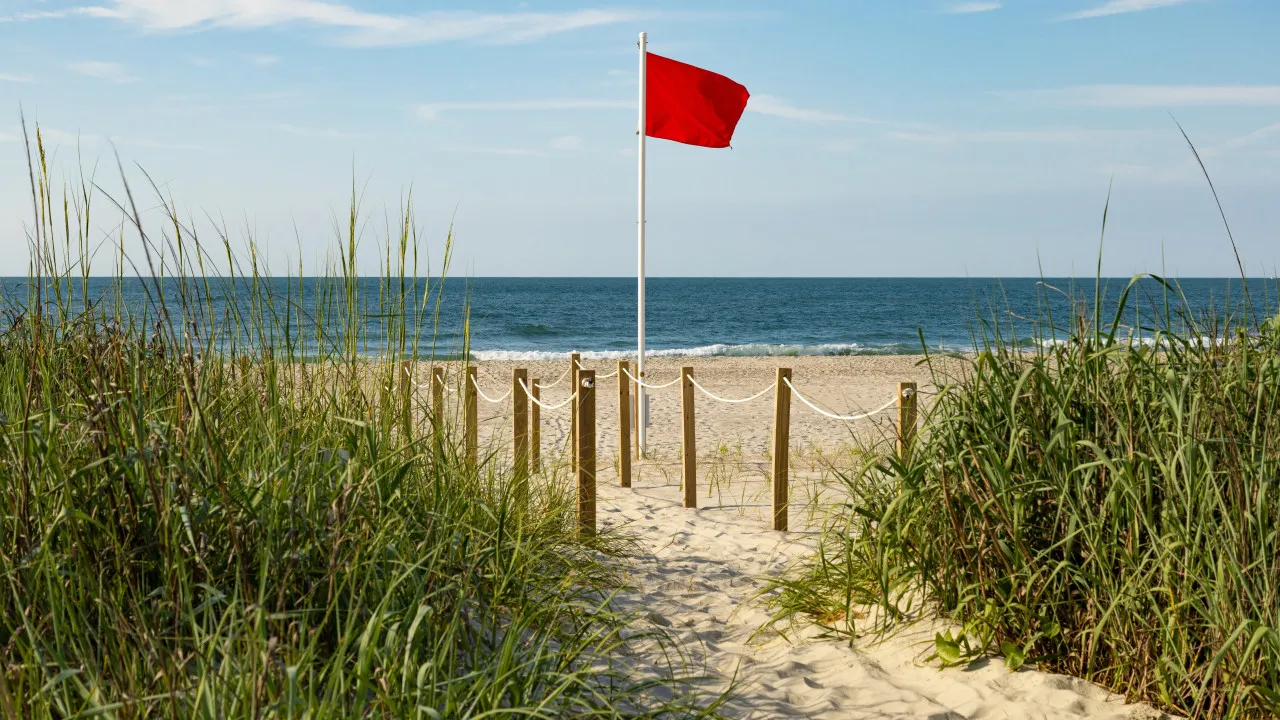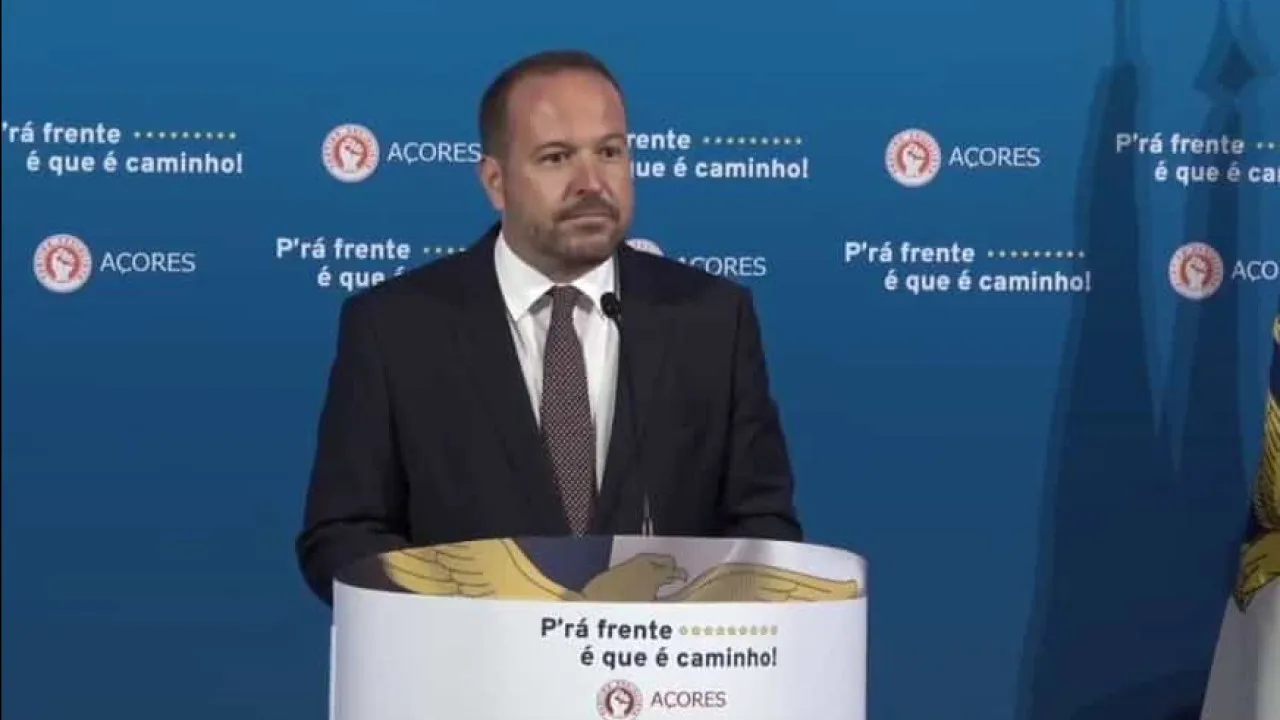
“Although we have a significant percentage of beaches rated as excellent, this analysis is based on the last bathing season, 2024,” said Francisco Ferreira, adding that, “the trend observed in recent years is a reduction in this percentage of excellent beaches, dropping from 88.5% in 2021 to 82.6% in 2024, which is below the European average of 85%.”
The president of Zero – Associação Sistema Terrestre Sustentável spoke following the release of a European Environment Agency report, which stated that 82.6% of bathing waters are classified as “excellent,” 10.8% as “good,” and 1.3% as having “poor” quality.
Despite an increase in beaches classified by the association as “Zero Pollution” (from 59 to 81) and more Blue Flag beaches (from 398 to 404), Ferreira noted that among the poorly rated beaches, “indicators clearly show a growing problem,” with the number of poor quality beaches rising from three (0.4%) in 2023 to nine (1.4%) in 2024.
“Of these nine, one was not opened in the 2025 bathing season, the beach at Ilhéu de Vila Franca do Campo on the island of São Miguel, in the Azores, but the other eight are open. Therefore, we urge users to be cautious, paying attention to the information that should be available, because these beaches have an increased risk,” he advised.
In a statement, Zero highlighted that in the report on the European Union, Albania, and Switzerland, Portugal registered 82.6% of bathing waters as excellent, compared to an average of 85% across 29 countries, noting, “the worst part is the trend observed” over the last four years: from 88.5% in 2021, 84.8% in 2022, 86.2% in 2023, to 82.6% in 2024.
“This contrary trend, especially marked by the reduction in excellent quality beaches, warrants an assessment by the Portuguese Environmental Agency and Regional Environmental Directorates in the Azores and Madeira, due to their responsibilities in water resource management,” the note states.
Of the nine poorly rated bathing waters, six are on the mainland, two in Madeira, and one in the Azores, namely: Benfeita (Arganil), Sandomil (Seia), Matosinhos, Almaceda (Castelo Branco), Fragas de São Simão (Figueiró dos Vinhos), Relva da Reboleira (Manteigas), Poças do Gomes/Doca do Cavacas (Funchal), Maiata (Machico), and Ilhéu de Vila Franca do Campo.
“It’s crucial we identify the causes of this poor quality and for authorities to act accordingly, assessing whether the problems are due to wastewater treatment failures, industries located nearby, among other causes, but the fact remains that the trend, unfortunately, looking at the past years, is not encouraging,” Ferreira observed.
The NGO leader explained that inland beaches are “more vulnerable” as they lack “the ocean’s diluting capacity,” and among the nine poor quality beaches, five are inland.
“This is also linked to the fact that 2024 was a drought year, thus reducing the dilution of some contamination and pollution, but it’s crucial we keep in mind that inland beaches are essential to alleviate pressure on the heavily occupied coast,” he remarked.
To that end, Zero recommended in the statement that those frequenting these bathing areas should pay particular attention to information and warnings from the Portuguese Environmental Agency (APA), given their history of a strong possibility of contamination issues.
The association concluded that this year the APA provides a dedicated website called InfoÁgua, available at https://infoagua.apambiente.pt/pt/praias, to obtain information about the 673 identified bathing waters, 605 of which are monitored during this bathing season.




